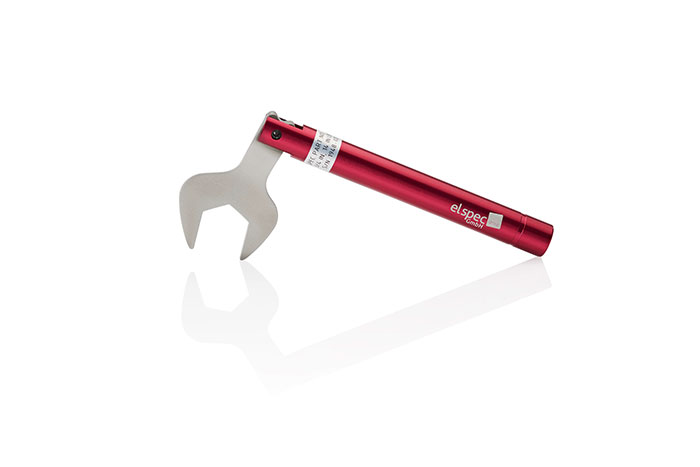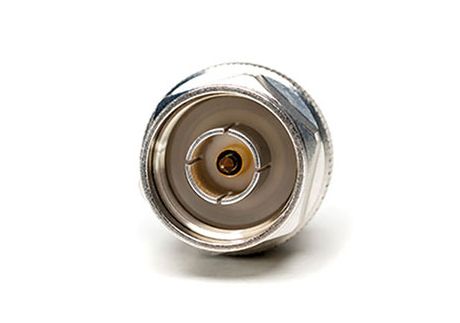N-type
Paul Neill developed the N-type at Bell Labs in 1942. At first it was not designed for higher frequente, since no corresponding instrumentation was available to Paul Neil at that time. He used what he had which were devices for telephone systems. Looking at the plug from the point of view of the HF engineer, it is less than ideal because it was not designed for constant impedance along the system. However, it was only shown later that with keeping the impedance constant within the coax-system, one can extend the bandwidth almost up to the first higher TE11 modes.
| Order No. | Category | Manufacturer | Description | Torque |
|---|---|---|---|---|
| 20627 | Tool | el-spec GmbH | Torque wrench for Series N SW19 | 1.6 NM |
| 20888 | Tool | el-spec GmbH | Torque wrench for Series N SW18 | 1.6 NM |


This is achieved by placing (as described above) the jump in the inner and outer conductor at almost the same location. With correct design a matching of the jump of -50 dB is obtainable - this without considering manufacturing tolerances. In the course of time, the connector was optimized further and tolerances between plug and socket could be designed such that the connector is usable up to 11 GHz. Precision variants are now specified up to 18 GHz.A substantial contribution was made in 1946 by Julius Botka at Hewlett Packard (renamed first to Agilent and today operating under the name Keysight). The design was good for up to 12 GHz but no manufacturer saw the need for such high frequencies at the time. In 1962, Omni Spectra issued an improved series - mainly to promote their OSM (SMA) since at that time the N-type connector enjoyed the most widespread use.
The N-type is one of the oldest connector variants. It is still ofter used today. Plug-cycles between matching plus and sockets are specified by the manufacturers. To reach MIL-STD-348B, the connectors have to endure at least 10 000 plug cycles while maintaining the permissible mechanical and electrical limits.